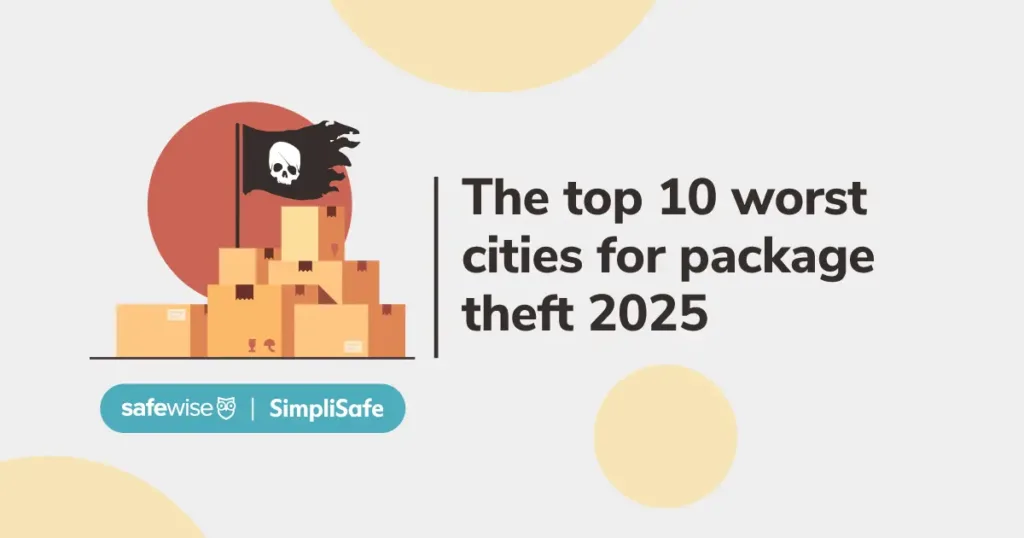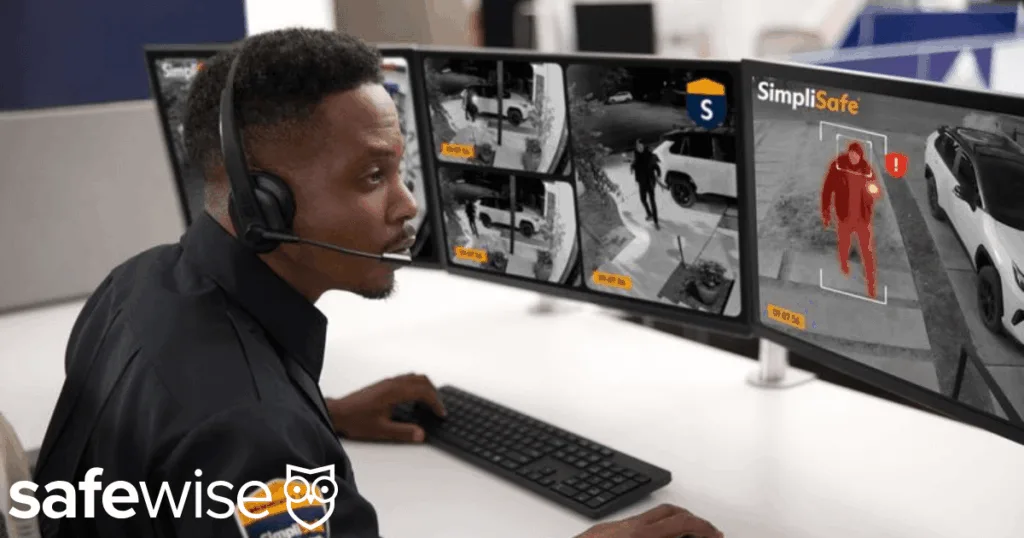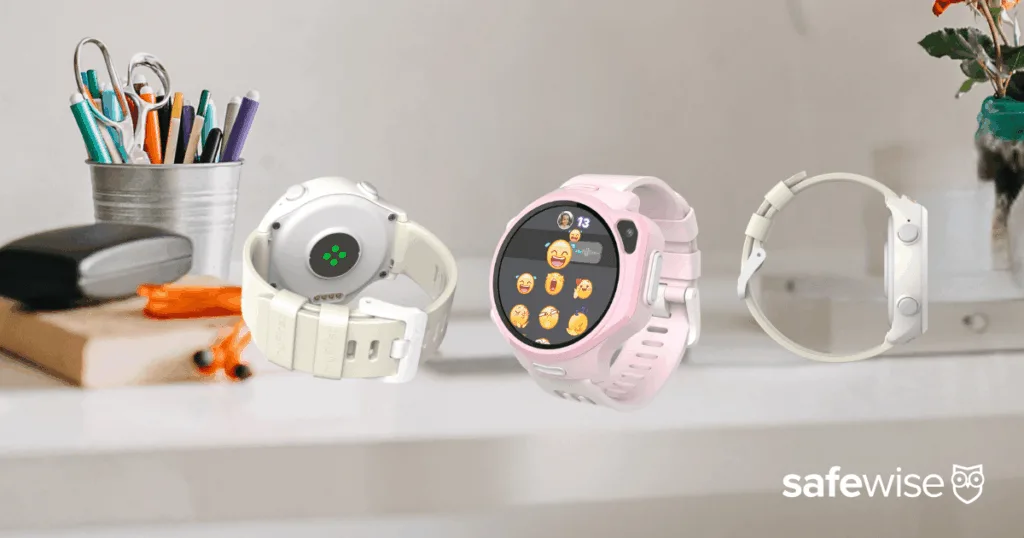Medical Alert’s equipment is leased to you for free, but there are still some upfront charges to prep for.
- A one-time $99.95 programming fee
- $0 ground shipping or $45 one-day shipping for all systems with month-to-month payment plans
The amount you pay each month depends on the type of medical alert system you choose and the way you pay. The in-home landline system, paid annually, is the most affordable choice, working out to about $20 a month. If you pay month-to-month, the fee goes up to $27.95 per month.
Using a cellular connection for the in-home system starts around $30 a month if paid annually. Your monthly cost goes up to around $38 a month if you pay month-to-month.
The mobile system ranges from $35 per month (if you pay annually) to $42.95 per month if you pay month-to-month. No matter which way you pay, you're not stuck in a contract, and you get 30 days to try it out. If you pick the Mini version of the mobile system, prices range from around $40 per month paid annually up to $47.95 if you pay month-to-month.
Medical Alert doesn’t offer a price lock guarantee. Your monthly cost may increase after the first year of service.






